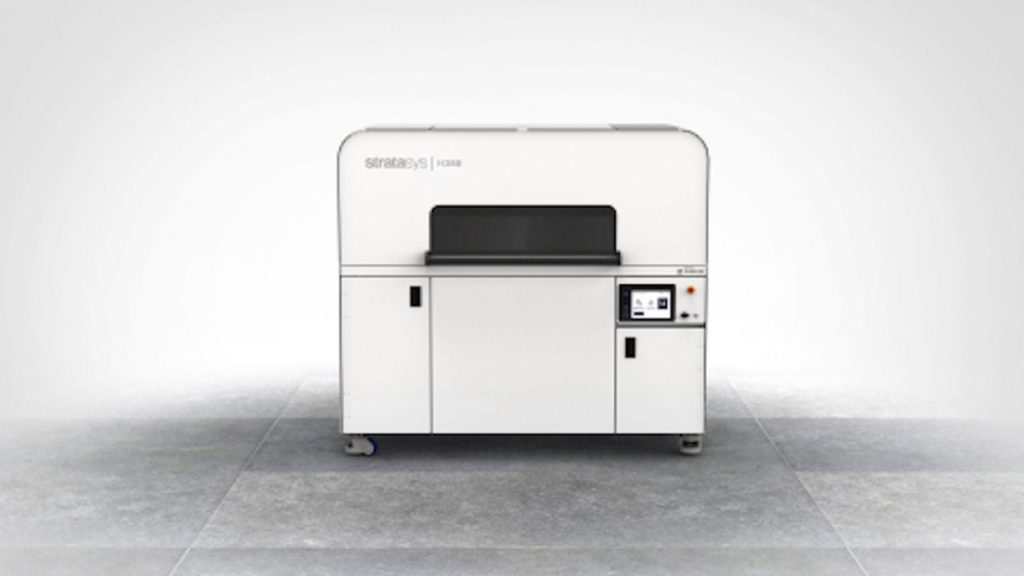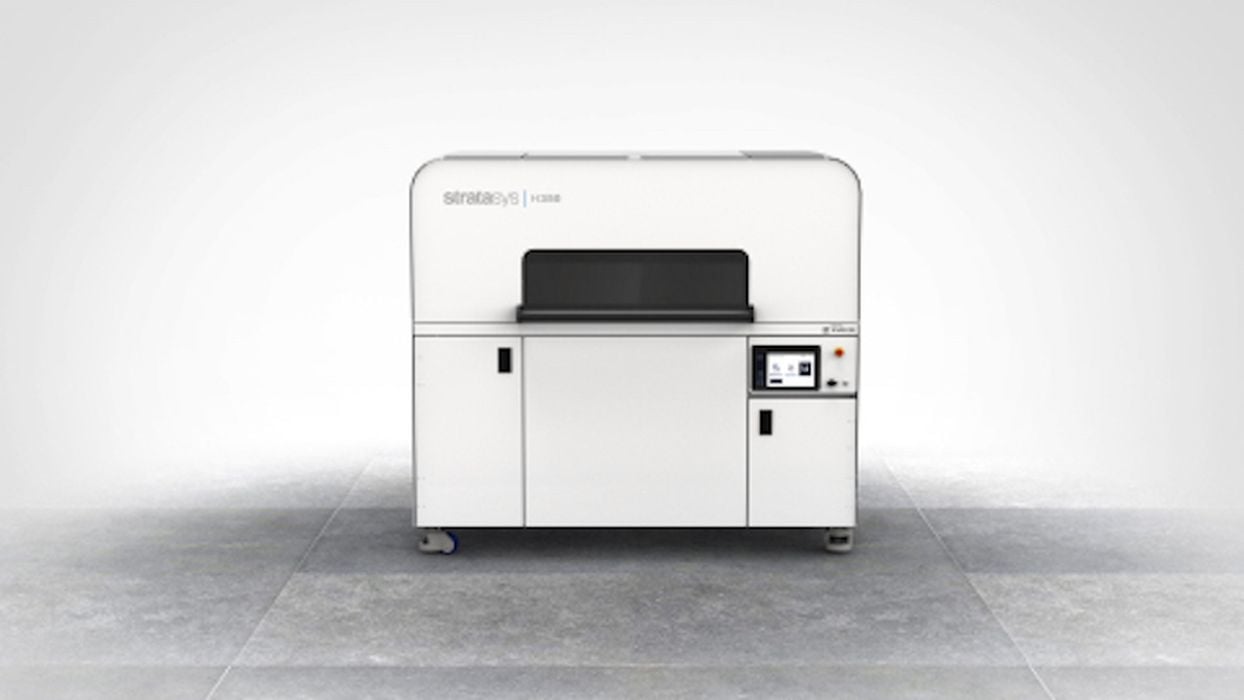
I spoke with Stratasys’ Andy Langfeld to learn more about the company’s strategy to move toward manufacturing.
Stratasys, as one of the original 3D printing companies, has focused on prototyping as the primary use case for their equipment for many years, mainly due to the limited materials possible with the technology. That’s changed, however, as there are increasing material capabilities that now mean production end-use parts can be successfully produced on 3D printers. However, there’s much more to the story than just that capability.
With the expiration of a number of key patents, Stratasys foresaw increasing competition in the prototyping market, and have for several years been looking strongly at the manufacturing segment as a new area to service.
While years ago they experimented with a series of highly unusual demonstrator devices for manufacturing, the company now seems to be high gear towards a manufacturing future.
Stratasys’ Andy Langfeld explained the strategy:
“We began a mid-2020 focus on polymer for manufacturing, while there is still a large base for prototyping that’s still relevant. We want to be the first choice for polymer manufacturing, and provide a complete solution to address the requirements for the product development lifecycle.”
Langfeld said this is actually happening now, to a degree:
“Experienced customers are using AM to produce jigs for efficiency. AM is a technology to produce parts, for example, above 1000 parts per month on the H350. We also see spare parts on demand and similar applications. We are playing well in that space, but there are gaps. There are more production use cases.
We are working internally to onboard more expertise in production environments.”
Stratasys’ recent announcements of new equipment and software are aligned with this strategy, as Langfeld explained:
“We saw the requirements for production go-to-market solutions were materials requirements. We saw a higher speed technology requirement, addressed with the H350, and the need for more material options, addressed with the Origin One. Certain verticals, like healthcare, generate use cases, and we adjust to specific needs, built on the polymer J5 MediJet.”
Will there be more additions? Langfeld continued:
“We are looking at new technologies for dedication to verticals, too. You can never have a complete portfolio offering, but we made huge steps to make a compelling solution through jigs to part production.
It doesn’t solve everything, though. We are looking at the whole value change. We’re looking at software to redesign parts, printing, post-processing, etc. to continuously improve automation.”
Stratasys has extended their solution beyond their company, by partnering with other companies in the space, such as Adobe and DyeMansion, which offer specific puzzle pieces to the whole solution. The result is a much broader offering that’s attractive to clients and prospects because it directly hits their pain points.
But is this challenging for Stratasys, a company that’s been doing mostly the same things for literally decades? Langfeld responded:
“We had to change some of the Stratasys DNA, FDM and PolyJet, when moving to new technologies. There is a lot more market to be addressed. We’re escaping from competitive markets to new, unique markets.”
It’s surely a huge challenge for Stratasys, but it’s one they must meet if they hope to float above the highly competitive world of 3D print prototyping.
Via Stratasys

